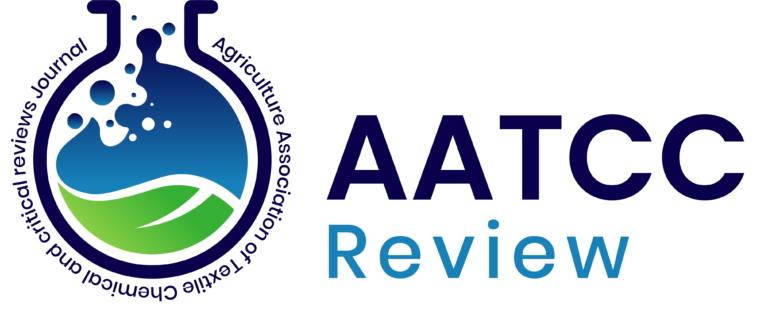Exploring the Adoption Levels and Challenges of Drip Irrigation Practices Among Sugarcane Farmers in Mandya and Nagamangala Taluks of Karnataka State, India
DOI: https://doi.org/10.21276/AATCCReview.2025.13.03.476
Abstract
Water scarcity and poor irrigation methods pose significant challenges for agriculture in India, especially in the case of sugarcane, which requires substantial water. Hence, the present study was conducted in Malavalli and Nagamangala taluks of Mandya district in Karnataka state during 2024-2025 to analyse the technology adoption and constraints of sugarcane growers in drip irrigation. This research, highlighted a lack of technical knowledge, significant upfront costs and insufficient extension services as key barriers to implementing drip irrigation practices among sugarcane farmers. Despite these challenges, this study made important contributions by evaluating the adoption rates of 15 drip irrigation practices, pinpointing key information sources utilized by farmers, and exploring the direct and indirect impacts of eight socio-economic factors on adoption rates through path. hundred sugarcane growers were personally interviewed using a pre-tested schedule. It was found that 35, 33 and 32 per cent of the sugarcane growers belonged to medium, low and high level of adoption of drip irrigation management practices. Agricultural scientists, Agricultural extension officers and Krishi Vignan Kendras were consulted by the majority of the sugarcane growers to obtain the information on drip irrigation management practices. high initial expenses for installation of drip irrigation system (90%) and frequent clogging of drippers and microbes (82%) were the constraints faced by over 80 per cent of the sugarcane growers in drip irrigation management practices.
PDF: View / Download

